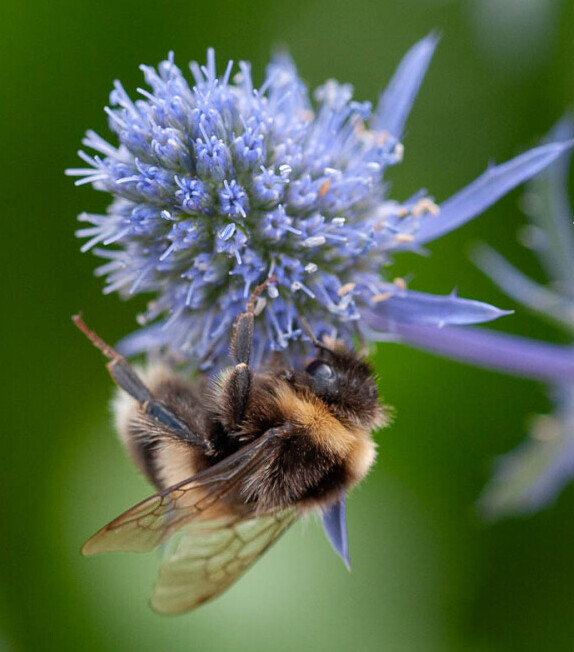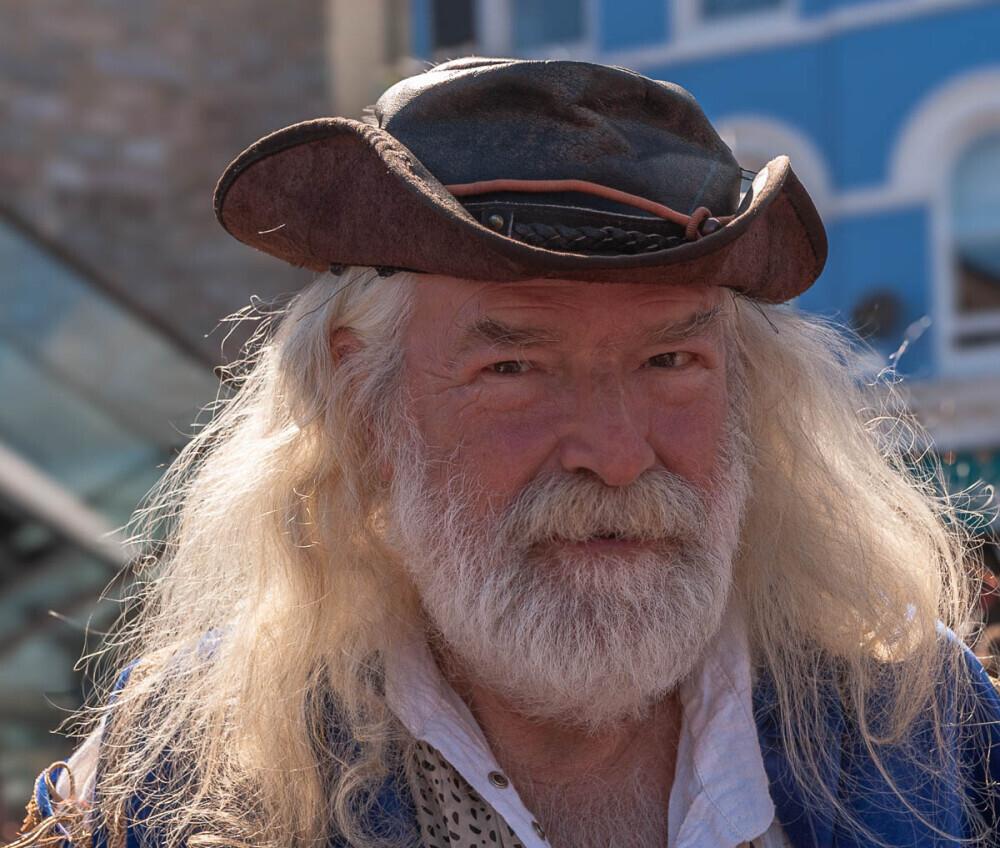Over the past weeks, I have discussed photography as a form of art, capturing the perfect image, the right lighting, composition, and moment. Yet, in the rush to perfect these fundamentals, we often overlook the subtle nuances that elevate an image from good to extraordinary. In this article, I want to revisit some aspects of photography that, while not new or groundbreaking, are often overshadowed by the more obvious elements. To me, these details, though easily forgotten, are the basics that can transform an image, bringing out its full potential. It’s in these nuances that the true artistry of photography resides.
If you’ve ever wondered how your camera can capture stunning images, it all starts with understanding the inner workings of different camera types. From DSLRs to mirrorless, each camera type offers unique advantages and quirks. DSLRs with their optical viewfinders, give you a real-time, true-to-life preview. On the other hand, mirrorless cameras are compact powerhouses eliminating the mirror mechanism. it often makes me wonder why people use auto!
Sensor size and type play a big role in determining image quality. Full-frame sensors offer better low-light performance and depth of field control, while crop sensors are perfect for telephoto shots without needing massive lenses. Don’t forget about the magic of medium format cameras, which provide incredible detail and dynamic range but tend to be expensive, especially digital ones.
Camera settings are your ultimate tools for capturing the perfect image. Remember the exposure triangle? It’s the interplay between aperture, shutter speed, and ISO. Each setting affects your photo differently – aperture controls the depth of field, shutter speed freezes or blurs motion, and ISO balances your light sensitivity. Mastering these settings lets you manipulate the final image precisely and intentionally. It can be beneficial to use one as a priority-setting ISO for instance this will become automated to your aperture and shutter speed.
Hidden Techniques in Photography
Some techniques in photography can transform your shots from ordinary to extraordinary. The rule of thirds is a great starting point. Imagine your frame divided into nine equal parts by two horizontal and two vertical lines. Positioning your subject along these lines or their intersections can create more balanced, interesting photos.
Lighting is important. Natural light can give a soft, warm feel, while artificial lighting can be controlled and directed precisely. Understanding how to use and manipulate light is advantageous. For example, golden hour, after sunrise or before sunset, offers beautiful, warm, soft light that can make any scene look magical. As a rule of thumb, I prefer to shoot up to 11 am and then in the afternoon from 4 pm, between these times can be harsh in the summer months, but not so in autumn and winter.
Long-exposure photography is another fascinating technique. Keeping the shutter open for longer periods, you can uniquely capture movement. Think about silky smooth waterfalls or light trails from moving vehicles. It’s all about experimenting with shutter speed and finding that perfect balance to create stunning visual effects.
Exploring Unconventional Photography Styles
Macro photography opens a door to an unseen world. By capturing extreme close-ups, you reveal the tiniest details of everyday objects, insects, and plants. The trick lies in using specialized lenses or extension tubes and paying close attention to focus and light to bring out every minute detail.

Infrared photography lets you see the world in a new light, literally. This style captures infrared light, which is invisible to the human eye, using converted cameras or special filters. The result is surreal, often ethereal images, with foliage glowing white and skies turning deep, dark shades.
Astrophotography is one of the more challenging styles but incredibly rewarding. Capturing the night sky requires patience and a good understanding of long-exposure techniques. It often involves high ISO settings, wide-open apertures, and sometimes tracking mounts to counteract Earth’s rotation, allowing you to capture celestial wonders in stunning detail.
Post-Processing: Beyond Basic Edits
RAW files are a must when it comes to post-processing. Unlike JPEGs, RAW files retain all the details and dynamic range in your images, giving you greater flexibility in editing. They allow you to fix exposure issues, recover shadows, and fine-tune colors without degrading image quality.
Advanced editing techniques can elevate images to a professional level. Using software like Adobe Photoshop, Lightroom, or similar programs you can perform tasks like dodging and burning, frequency separation for skin retouching, and advanced color grading. These techniques help you bring your creative vision to life, making your photos stand out.
Ethical considerations in photo manipulation are important. It’s so easy to edit an image altering it completely, there’s a fine line between enhancing a photo and misrepresenting reality. Strive for authenticity, especially in genres like photojournalism where accuracy is crucial. Trust your instincts, and use editing tools to complement your vision without compromising the integrity of your work.



Great article, “Lesser-known Facets of Photography” sounds like an intriguing exploration of the art form, offering insights beyond the typical technical aspects. It suggests a dive into the more obscure or overlooked elements that can enrich one’s understanding and appreciation of photography. This kind of content is perfect for photographers who want to go beyond the basics and discover new perspectives, techniques, or historical contexts that can inspire creativity and enhance their work. It promises to broaden the reader’s view of photography, making it appealing for both enthusiasts and professionals looking to deepen their craft. Thanks.
Thank you so much for your thoughtful feedback! I am pleased to hear that you found the article intriguing and that it resonates with photographers seeking to explore beyond the surface. My goal was to shine a light on those often overlooked aspects of photography that can truly elevate one’s approach and perspective. It’s encouraging to know that this content appeals to enthusiasts and professionals alike. Your words reaffirm the importance of delving into richer, more nuances of this art form. Thanks again for your kind words and for taking the time to share your thoughts.
Kind regards
Robbie
There is so much more to photography than just peering through the lense of a camera and pushing the take button. Exploring photography as a form of art is what true photographers do – I think in anycase.
There are so many facets to photography, and it varies, depending on whether it is family portraits, landscape, still live, or more obscure and unknown fields that a photographer wants to explore. This is an inspiration to those that want to do more than just peer through the lens and click a button.
Thank you for sharing this thought provoking post.
Thank you, LineCowley, for sharing your insightful perspective. I 100% completely agree that photography is an art form that goes beyond simply clicking a button.
The beauty of photography lies in how we, as photographers, interpret the world through our lenses, exploring different angles, lighting, and emotions. It’s inspiring to consider the many genres and styles, whether capturing a family moment’s warmth or a landscape’s serenity.
All the best
Robbie
Robbie’s article offers a refreshing and insightful perspective on photography, delving into aspects often overlooked by enthusiasts. The thoughtful exploration of camera types and settings, combined with practical tips on hidden techniques and unconventional styles, showcases Robbie’s deep understanding and passion for the craft. The advice on post-processing and ethical considerations reflects a commitment to both technical excellence and artistic integrity. Robbie’s ability to distill complex concepts into accessible, actionable insights makes this piece a valuable read for photographers at all levels.
Keep up the good work
Nouman
Thank you for your kind words, I’m pleased you found my article insightful and appreciated the balance between technical details and artistic considerations resonated with you. Photography is a multifaceted craft; I aimed to offer something that could inspire new and experienced photographers alike. Your feedback on the post-processing and ethical aspects is especially encouraging, as I believe these areas are essential but often underappreciated. Thanks again for taking the time to share your thoughts, it truly means a lot.
All the best
Robbie